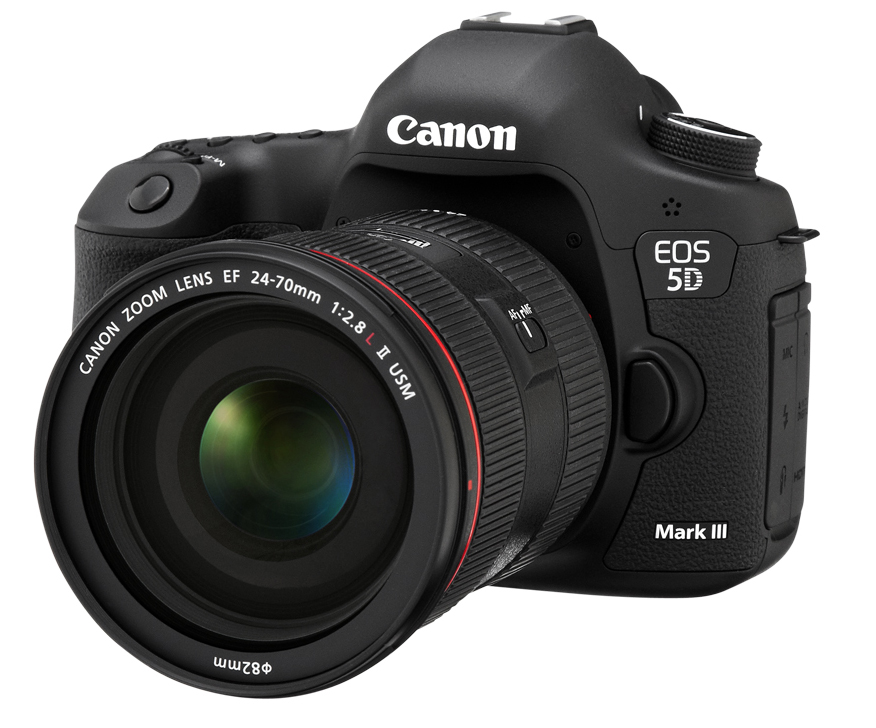As promised a few months ago, Canon has released the long-awaited firmware update for its 5D Mark III camera that enables clean video output over HDMI.
Firmware 1.2.1 provides uncompressed video output, while simultaneously displaying on the built-in screen and recording to CF or SD cards internally. This is combined with improved color sampling (YCbCr 4:2:2 at 8-bit), which increases the options for color correction.
Like the EOS-1D C, embedded timecode can be added via the HDMI output, provided you have an external device (recorder) that supports it.
Its new “mirroring” function allows video to be displayed on the rear LCD screen with or without scene and camera information while this clean signal is being output to an external monitor or recorder. The possibility of having an external recorder not only prevents the video signal from having artifacts caused by compression, but also gives the option of recording with codecs optimized for editing and obtaining a greater variety of frame rates and bit rates and longer recording time.
In addition, it is now possible to synchronize the recording start and stop with the recorder.
This firmware update also improves AF performance, with useful features for those using Canon teleconverters (or extenders). Like the EOS-1D X, it enables cross-type autofocus with center point AF, with a maximum aperture of f/8.
If AF point expansion is selected, with a maximum lens/extender aperture combination at f/8, the four AF points surrounding the center point will act as AF Assist points. This option expands the size of the AF detection area, improving autofocus performance with subjects that appear very small in the viewfinder or are difficult to track. The AF points above and below the center will be sensitive to vertical contrast, while the points to the right and left will be sensitive to horizontal contrast.
From this link you can download the 1.2.1 update and consult all the available information.
If you are interested in advanced digital film operations, both in video and digital camera theory and practice, I advise you to take a look at the DIT Course and its corresponding modules.




